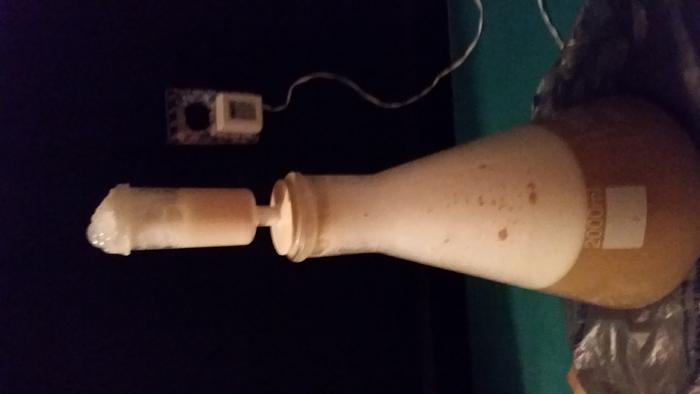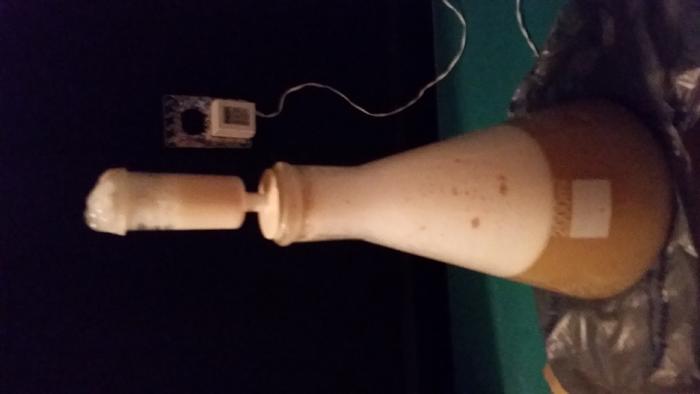Bhamsteelerfan
Active Member
I'm making a yeast starter for a Belgian IPA. I built a stir plate and used it for the first time yesterday. Made a 1600 ML stater in a 2L flask using the Mr. Malty formula. After only 8 hours on the stir plate, the krausen reached the top of the flask. I was afraid of overflow, so I turned off the stir plate before I went to bed. Even the stir plate off, I still had some overflow over the night. Tried putting a stopper/airlock on the flask and cranking up the stir plate again, but I had foam coming out of the airlock within a minute.
Any recommendations? I wanted to give the starter 48 hours on the stir plate, but I don't see that happening. The owner of my LHBS said not to worry -- that I should already have plenty of yeast for my brew (OG 1.064). What do you guys think?
Any recommendations? I wanted to give the starter 48 hours on the stir plate, but I don't see that happening. The owner of my LHBS said not to worry -- that I should already have plenty of yeast for my brew (OG 1.064). What do you guys think?






